Natural Disasters
Learn about how rural communities have prepared for, responded to, and recovered from natural disasters.
August Complex Wildfire and the Round Valley Indian Reservation in Northern California
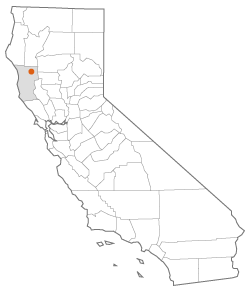
Starting in August 2020, the August Complex wildfire lasted three months and was responsible for the death of one firefighter and injured two other firefighters. It burned nearly 1 million acres and damaged hundreds of buildings. Round Valley Indian Reservation lies in the area north of Covelo, California. The fires impacted many residents of the Round Valley Indian Tribes. Some feared for their safety, homes, and livestock; however, they all faced air quality issues associated with smoke from the fire. Round Valley was surrounded by fire on three sides. While the tribal clinic had an emergency action plan, leaders soon discovered that the plan was not as detailed as it could have been. With the assistance from both the California Department of Forestry and Fire Protection (CAL FIRE) and the National Forest Service (NFS) strike teams, residents were able to successfully manage threats associated with the wildfire and further develop their emergency action plan.
COVID-19 and Hurricane Sally Present Dual Threat in Gulf Shores, Alabama
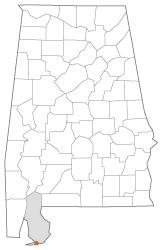
In September 2020, Hurricane Sally blew into the Gulf of Mexico and made landfall over Gulf Shores, Alabama. The rural beach community is familiar with extreme weather events and has responded to several devastating storms in the past. However, they had never faced a hurricane season with the added threat of the COVID-19 pandemic. Hurricane Sally was a surprise, deviating from its projected path at the last moment and picking up speed as it came ashore. Emergency managers in Gulf Shores expected a smaller storm and were caught off guard by the amount of rain that Hurricane Sally dropped in its slow movement. As a tourist destination, Gulf Shores' emergency operations must account for a potential population that is exponentially larger than its permanent residency. Gulf Shores is on an island that has limited evacuation routes, which is why thorough planning and quick response are critical.
Derecho Windstorm in Langlade and Oconto Counties in Northeastern Wisconsin
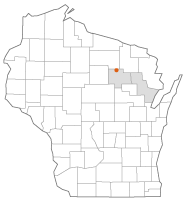
In July of 2019, a derecho windstorm produced straight-line winds up to 100 mph in a path 15 miles wide and 25 miles long across northern Langlade and western Oconto Counties in Wisconsin. Trees and power lines were snapped or uprooted across the counties. Local volunteer fire departments were first to respond across the disaster area. Support from law enforcement, local government, local volunteers, the National Guard, the Red Cross, Mutual Aid Box Alarm System (MABAS) Strike Teams, and the Wisconsin Department of Natural Resources (WDNR) were critical to recovery. Lessons learned from this disaster include the need for increased clarity regarding jurisdiction, need for required training in emergency management for local government officials, need for trained volunteers, and the need for accountability tracking systems and documentation.
Extreme Freeze Leaves Rural Community Without Power or Running Water in Texas: Pottsboro Area Library Coordinates Emergency Response
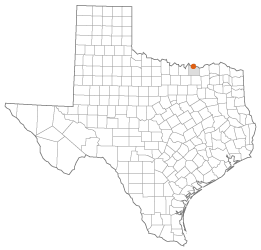
In February 2021, Texas suffered a massive power crisis when a winter storm debilitated the statewide power grid infrastructure. Grayson County, home to Pottsboro, was one of the counties negatively affected by the storm. During the week-long event, residents of the rural town experienced a simultaneous loss of water and electricity. The Pottsboro Area Library coordinated a community response to help residents access clean water for use in their homes. The library organized response efforts to address compounding factors of concern, such as food availability, portable restroom access, and neighborhood support. Through use of social media, the library connected community partners to residents in need, effectively filling the gaps in the rural community's emergency response efforts. Through a combination of passion, innovation, and a willingness to step up and “do something,” the library created a sustainable system for community-managed emergency response and implemented proactive emergency preparedness procedures for future events.
Historic Flood Cuts Off All Roadways to Rural Fremont, Nebraska: Hospital Plays a Vital Role in Coordinating Community Response
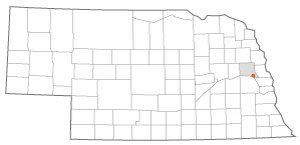
In early March 2019, severe flooding caused by a large winter storm left the city of Fremont in northeastern Nebraska cut off from the outside, as roads in and out of the city became inaccessible. In response, the local hospital, Methodist Fremont Health, relied on their well-practiced emergency plan and training to successfully continue hospital operations. They focused on key areas of patient needs, staffing levels, staff support, and resource acquisition and allocation. In addition, the hospital was able to leverage well-established partnerships within and outside the community, including federal, state, local, and regional relationships, to provide care for existing and incoming patients and to reach beyond the hospital walls and serve as an important emergency resource in the community at large. These partnerships were instrumental in setting up and staffing emergency shelters, organizing transportation, and facilitating communication and collaboration among organizations and agencies responding to the flood.
Landslide in Sitka, Alaska Leads to Unique Approach for Creating an Early Warning System
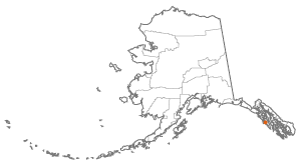
Sitka is a small rural coastal town in southeast Alaska. On August 18, 2015, the town was devastated by a large landslide that destroyed property and killed three community members. Though Sitka was already prepared for a tsunami with a warning system, the landslide was an unexpected natural disaster. The event spurred the community into action, establishing a Sitka GeoTask Force and engaging scientists and local, state, and national partners, the community built a landslide warning system using technology to assess and communicate landslide risk. The data are available through an online dashboard that shows the current landslide risk. The dashboard displays the risk as low, medium, or high.
Lessons Learned from a Bomb Cyclone Flood in Eastern Nebraska
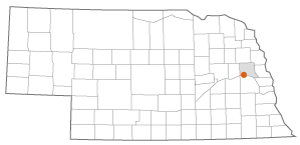
Flooding disasters leave in their wake a complex set of problems. On March 13, 2019, a bomb cyclone hit the Midwest portion of the United States, which caused the Platte River to overflow its banks and flood the small town of North Bend, Nebraska. The storm caused over $2.6 billion in damage statewide and was estimated to have resulted in over $3 million of damage in the small town of North Bend. Through a combination of community spirit, effective leadership, and support from inside and outside the community, the city recovered from the severe flooding, but not without learning important lessons.
Tornadoes Tear a Swath Through Western Kentucky Leaving Scores of Rural Communities in Need of Help
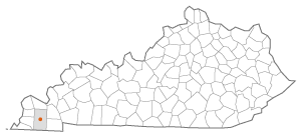
On Friday, December 10, 2021, an EF4 tornado cut a 160-mile swath across Kentucky, wreaking havoc on the ground for nearly three hours. It was one of eleven total tornadoes produced from the storm. It was the deadliest tornado outbreak in the nation on record for the month of December, destroyed more than 15,000 buildings, and resulted in approximately 80 deaths. After the storm had passed, the massive destruction and sheer numbers of injured citizens required an extensive, coordinated emergency response, made up largely of small rural hospitals, emergency medical services (EMS), and disaster personnel. The response was supported by existing relationships and collaborative partnerships to get resources where they were needed.
Wildfire Forces Evacuation of Critical Access Hospital in Estes Park, Colorado
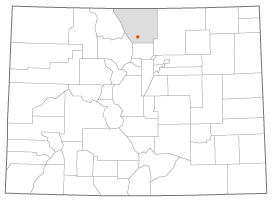
In October 2020, the rural community of Estes Park, Colorado, was forced to evacuate the town due to the encroaching East Troublesome Fire. Estes Park Health (EPH), a Critical Access Hospital, safely evacuated their patients and long-term care residents over the course of just a few hours. Fortunately, EPH had developed an emergency evacuation plan just 2 months prior when the Cameron Peak Fire was threatening to advance near the hospital. Though the Cameron Peak Fire never reached Estes Park, EPH was prepared for a wildfire response from this event. The town of Estes Park remained evacuated for 4 to 5 days following the initial order, and EPH was able to maintain communication and some critical operations remotely during those several days.
